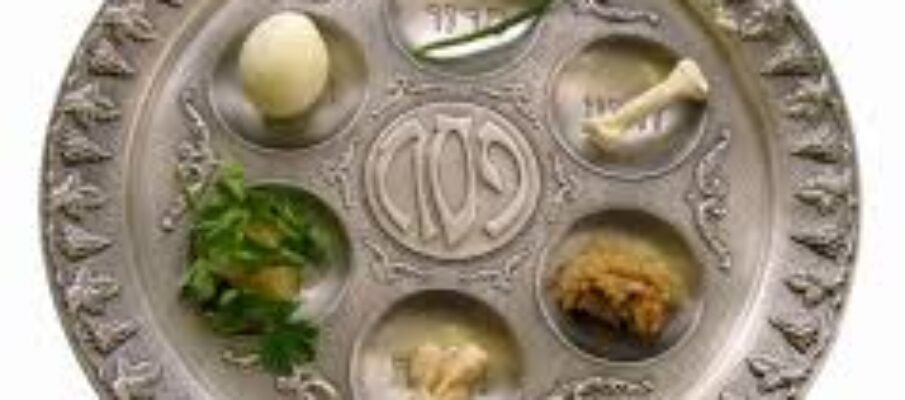Registration for the 2025 Congregation Beth Israel 2nd Night Seder is closed.
A Passover Message from Rabbi Samuels
April 10, 2025
Greetings Beth Israel Family,
Toward the end of tractate Pesachim in the Babylonian Talmud, the Rabbis finally get down to discussing the nuts and bolts of celebrating Pesach. While much of what we currently do at our seder tables was initiated by the Rabbis, reading their instructions from 1500 years ago can make one dizzy with confusion. At the heart of their teachings, however, was the concept of telling the story and engaging all of the children in attendance. In one section from the Talmud, we read: Rav Shimi bar Ashi said: [Place] matzah before every person [at the seder] and charoset before every one. But remove the table from before only the one who recounts the Telling. Rav Huna says: All of them are placed before the one who tells the story as well. The law accords with Rav Huna. Why do we remove the table? The students of R. Yannai’s academy say: In order that children will notice and ask.
You might be asking yourself, “What on earth is going on here?” That’s usually what I said to myself when studying Talmud in Rabbinical school. In essence, this passage discusses the arrangement of items on the seder table, with different opinions on whether only the one reciting the Haggadah (the seder leader) should have the matzah and charoset placed before them, or whether all participants should. The law follows Rav Huna’s view, meaning that everyone should have these items in front of them, even if they’re not the one telling the story.
But the most interesting part to me is the issue of removing the table or place setting. Why would anyone do this? The removal of the table in front of the storyteller is intended to engage children by making them curious and prompting them to ask questions about the seder, which is an important educational goal of Passover. It almost doesn’t even matter what the law decides in this case because the Rabbis make it clear how engaging children during the seder, a meal whose length far surpasses any other family dinner, is of utmost importance. A seder may be long, but it should in no way be boring!
I hope that wherever you celebrate your Passover seder this year, you find deep meaning in the symbols of the foods and rituals, comfort in being with loved ones, and, most importantly, that you have fun retelling the greatest story ever told.
A zissen pesach,
Rabbi Joshua Samuels

